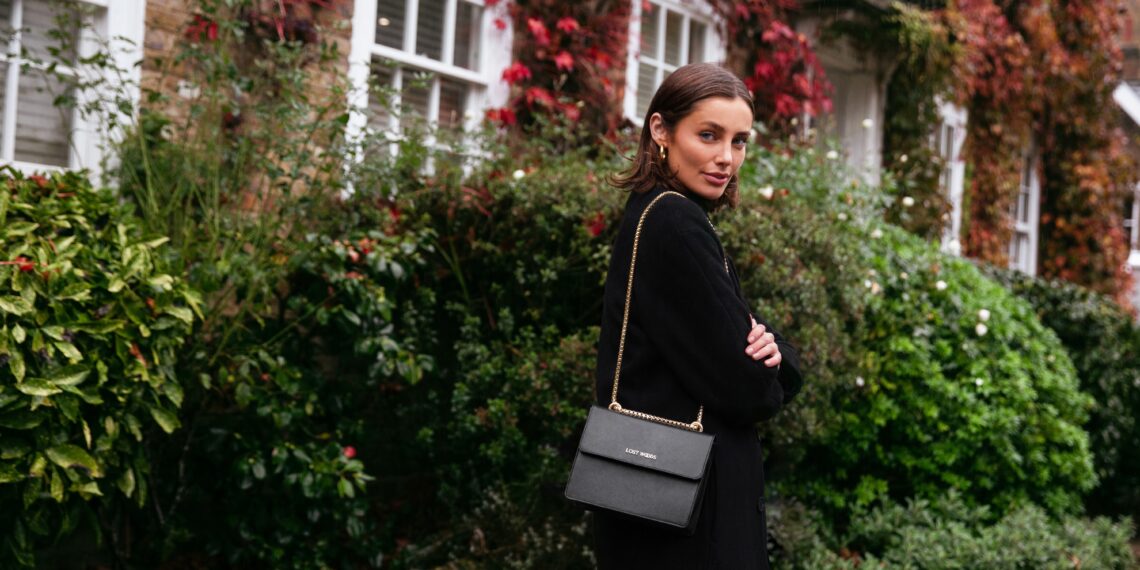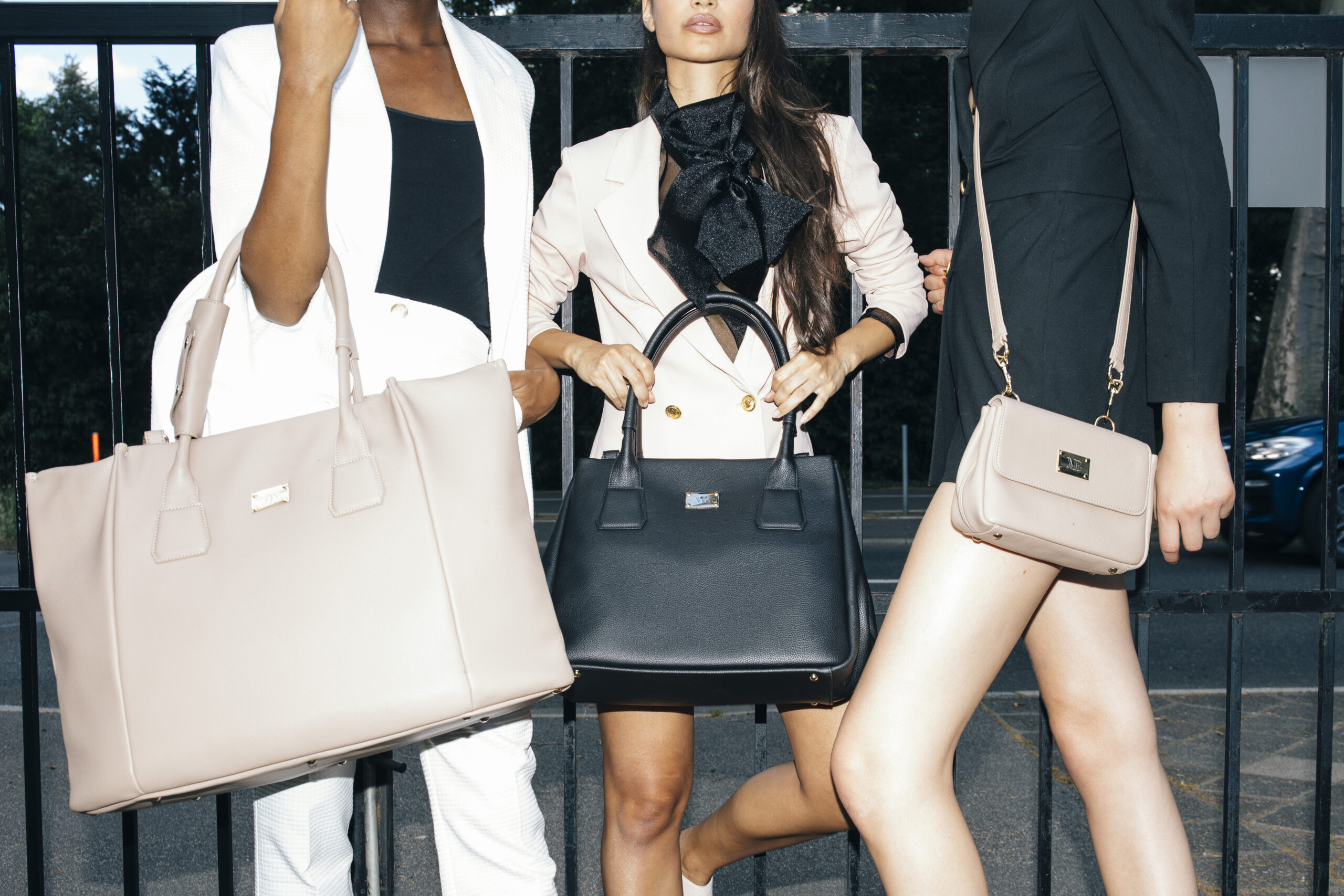
By Kristen Hunt
In the ever-changing fashion industry, handbags go beyond mere accessories. They serve as reflections of personal style, symbols of status, and extensions of identity. Viewed as capsules of our thoughts, handbags can protect our most personal belongings with a functional and elegant design.
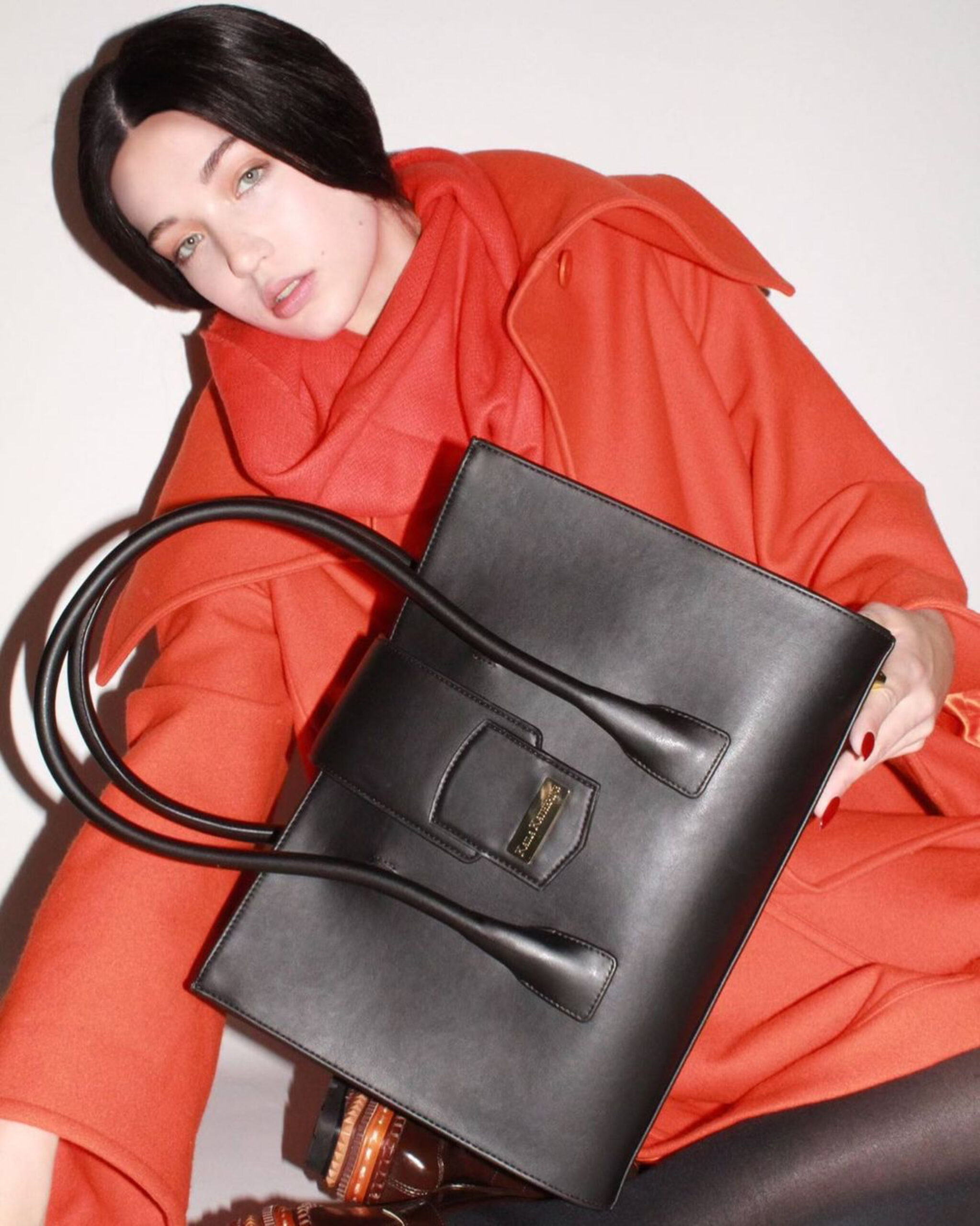
A History of Luxury Leather
Even before the boom of the fashion industry, handbags held a significant role in society for millennia. First crafted in ancient Egypt from gazelle skin, men wore satchels to hold survival materials and currency. Gradually, these evolved into ornamental purses that were carried by women throughout the Victorian era. The combination of functionality and aesthetics was then introduced, using luxurious fabrics, such as velvet and silk mixed with cowhide.
By the 19th century, handbags became an undeniable symbol of wealth and style with the introduction of iconic designs such as Hermès’ Kelly bag in the 1930s and Chanel’s 2.55 bag in the 1950s. The 1980s further elevated the status of luxury purses, with the emergence of the “it” bag, like the Hermès Birkin and Chanel’s Classic Flap. From ancient gazelle skin to modern-day calfskin, leather has been a vital part of handbag history and allure.

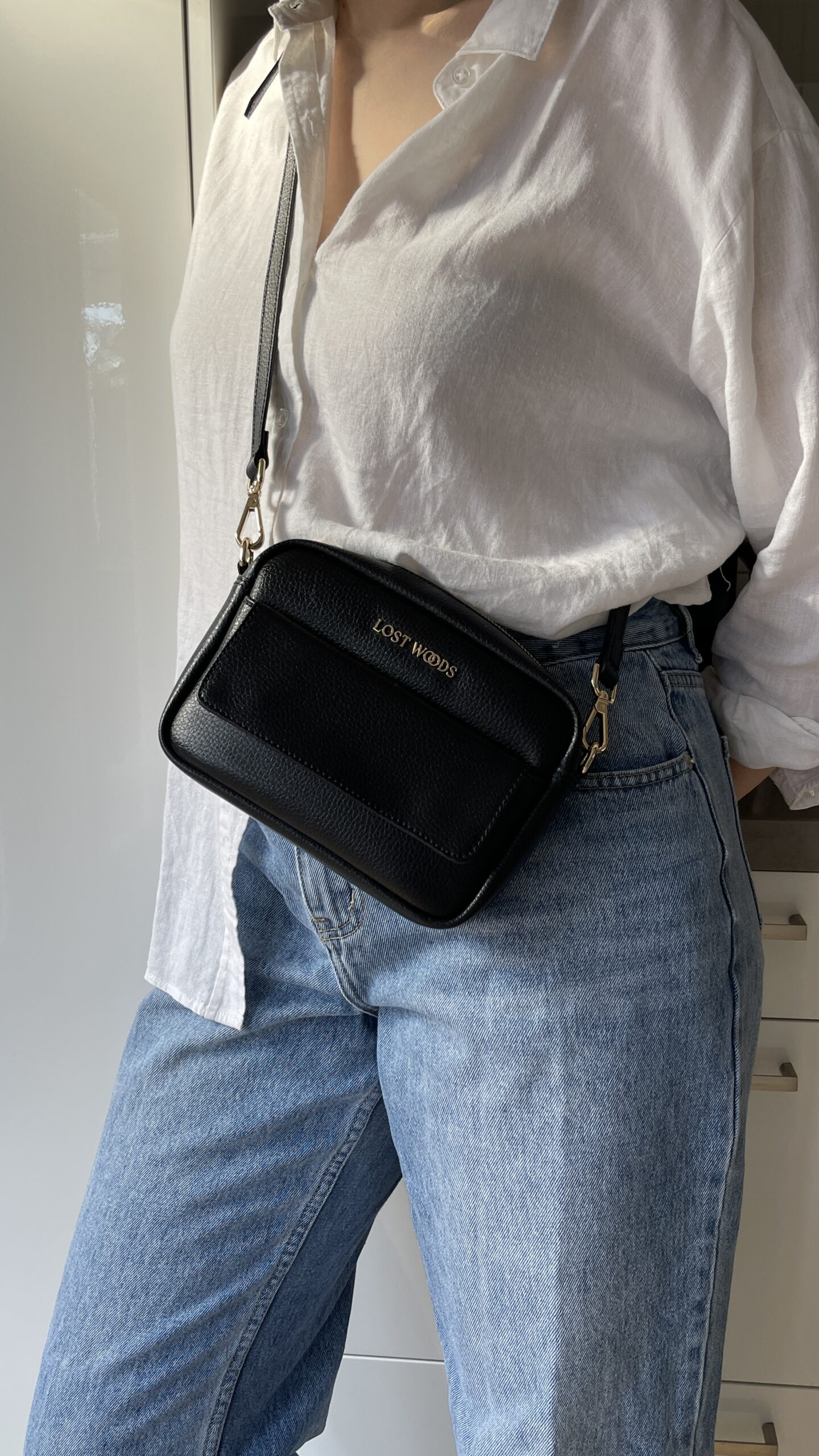
What are the Alternatives?
With its durability and luxurious appeal, animal leather has long been the primary material for high-quality handbags. Common forms also include goatskin, pigskin, and exotic materials, such as snakes and bison, that are purely hunted for leather.
With everyday handbags, purses, clutches, and backpacks, Lost Woods offers a timeless, quiet luxury aesthetic. Avoiding the “hippie feel” often associated with eco-friendly brands, this company mixes classic silhouettes with buttery soft fabric and hardware to add edge. The CEO believes that customers shouldn’t have to sacrifice style for their values.
Animal rights have long played a role in Edwards’ life. After learning about the extensive animal abuse prevalent across industries, finding cruelty-free products in fashion became challenging. Unable to locate a handbag that wasn’t simply plastic, her expertise in marketing and design led to the establishment of her own brand, which emphasized both luxury and sustainability.
“Leather production involves significant water usage,” Edwards explains. “It takes roughly 17,000 liters of water to produce 1 kilogram of leather. The industry causes water and air pollution from animal waste and tanning chemical runoff (only about 10% of the world’s leather is vegetable-tanned).”
According to the mogul, the livestock industry’s excessive use of antibiotics can also result in antibiotic-resistant bacteria, posing an increased health risk to humans.
“Strangely, while similar cruel materials like fur have been condemned around the world, leather has maintained its image as a desirable luxury product. Apart from greenwashing by the leather industry — I blame the lack of a premium quality, sustainable alternative. It’s my mission to offer that,” says Edwards.
Vegan Shopping Made Easy
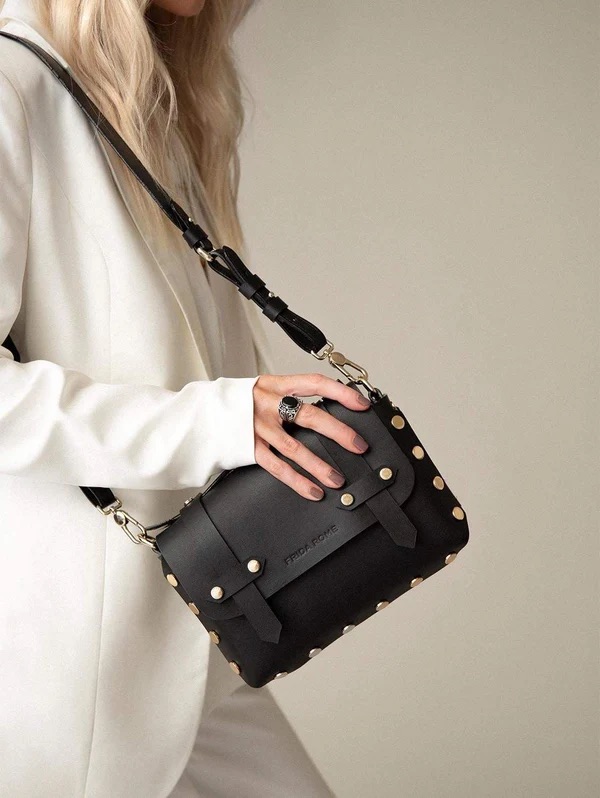
Annick Ireland, co-founder and CEO of Immaculate Vegan, went vegan in 2014 after adopting her greyhound and making a link between our beloved pets and the animals harmed in the food and fashion industries. While she found switching to vegan food easy, fashion was much more challenging.
Immaculate Vegan is a vegan fashion marketplace that brings customers to ethical and sustainable fashion brands from around the world. Featuring brands like Kaila Katherine, Miomojo and Ashoka, the company makes it easier to source a variety of certified eco-friendly products, without the hassle of endless research. It also helps promote brands that often get overshadowed by competitors.
“I found that there were many fashion-forward vegan brands out there, but they were really hard to find — so I started Immaculate Vegan as an Instagram blog to curate and share the best vegan fashion I could find, to help others looking for ethical and sustainable alternatives. I also wanted to elevate the profile of vegan fashion and show people you can be vegan and stylish too,” says Ireland.
With new drops every week featuring a variety of silhouettes, colors and more, Immaculate Vegan tailors to all styles and aesthetics.
“Whether you’re looking for a specific item, or simply for inspiration, we’ll bring you hero products you’ll fall in love with, and game-changing brands you’ll want to get behind,” says Ireland.
Not All Vegan Leather is Made Equal
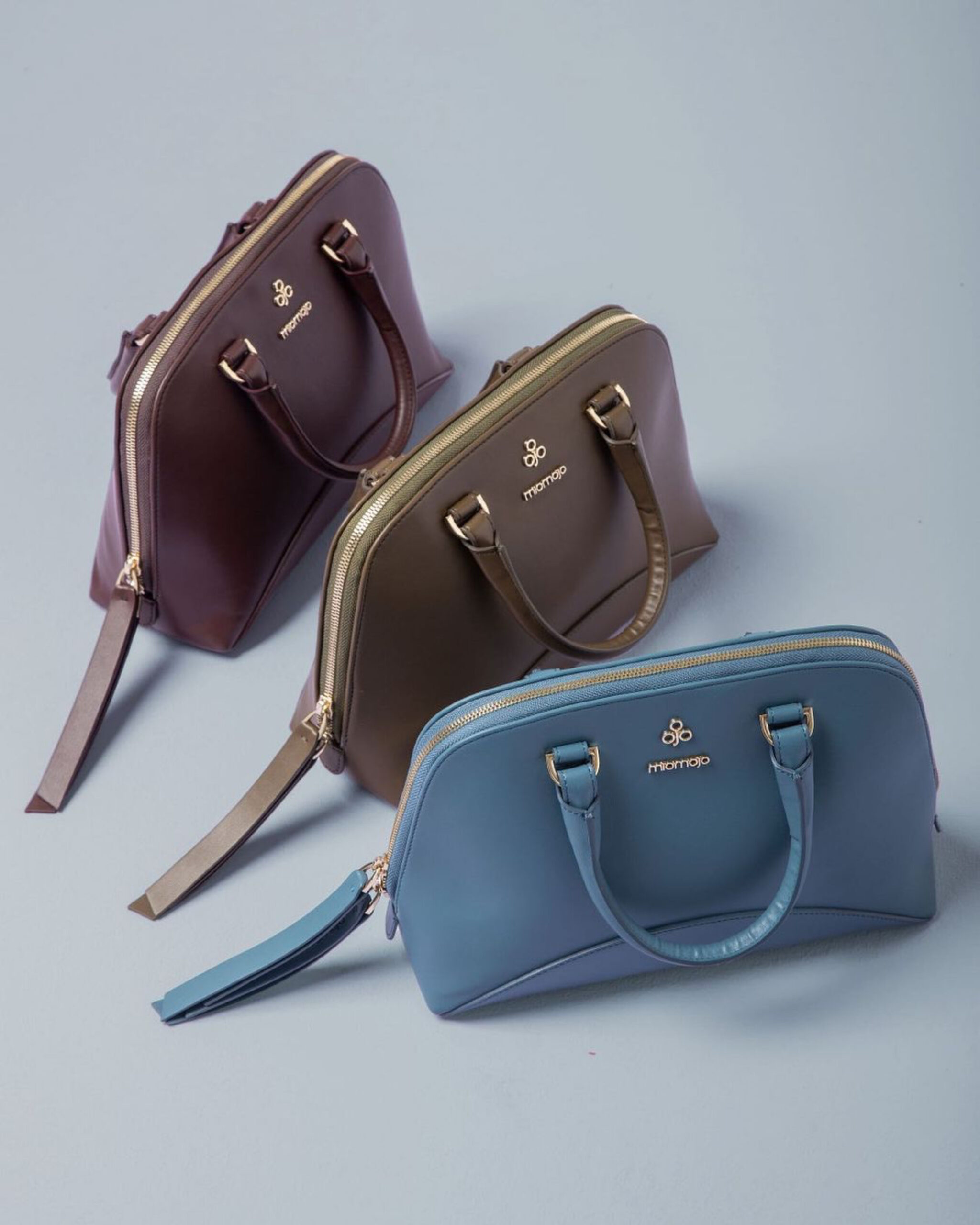
A common greenwashing tactic prevalent in luxury fashion is the use of the word vegan to portray the illusion of eco-friendly products. However, vegan does not always mean sustainable or ethical. Most vegan leather products are actually made from petroleum-based plastics, most commonly: polyurethane (PU) or polyvinyl chloride (vinyl or PVC).
Similar to most plastics, PU and PVC are derived from petroleum or natural gas, and take centuries to break down. When assessing the sustainability credentials of vegan leather, it’s necessary to look at its raw properties and how it’s made.
“In the end, finding vegan materials is easy — finding vegan materials combined with sustainability and quality is hard,” says Edwards.
Producing small batches of handbags in Porto, Portugal, a city known for its leather, Lost Woods works with skilled artisans with years of experience in the leather-making business.
To make its vegan leather, Lost Woods uses a plant-based material, named MIRUM, made from natural tree rubber, natural fibers and fillers, plant oils, and waxes, backed with natural cotton. “Testing has found MIRUM to be incredibly tear, abrasion, water and UV resistant, and it is now approved for use under stringent automotive industry quality standards,” reports Edwards.
To ensure supply chain safety, Lost Woods requires her partners to sign the Fair Labour Agreement, which establishes minimum wage, overtime pay, record-keeping, and child labor standards. Also embracing a commitment to ethical practices, Immaculate Vegan requires a rigorous questionnaire for all brands, ensuring sustainability and ethics in the four key sectors: materials, manufacturing processes, packaging, and ethical labor.


